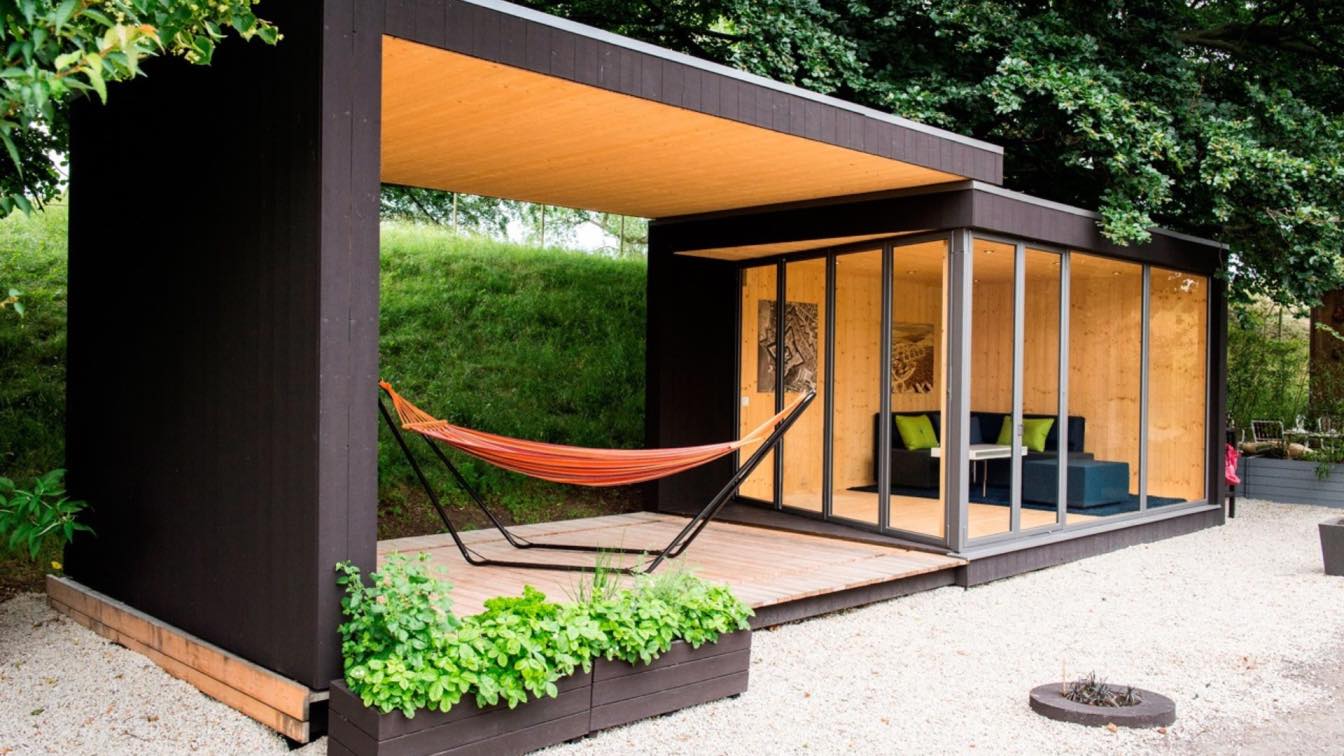Limited storage space in your home can quickly become overwhelming. Whether you're dealing with clutter or simply need more room to keep your things organized, it's easy to feel frustrated. But with a few practical solutions, you can maximize your space and keep your home neat and functional. Here are seven effective ways to handle the lack of storage in your home.
1. Use Storage Containers
Storage containers are essential for organizing and maximizing your space. Clear plastic bins, fabric baskets, or stackable boxes help you keep everything in place while minimizing clutter. The key is to choose containers that fit your available space and the items you need to store. For lack of storage, Optima Self Store can provide convenient and secure solutions to help you store your belongings and free up valuable space at home. Labeling each container is also crucial, as it allows you to easily identify what’s inside without having to open every box.
2. Use Multi-Functional Furniture
Maximize the utility of your furniture by choosing multi-functional pieces. For example, opt for ottomans or coffee tables with hidden storage inside. Sofa beds or daybeds can serve as both seating and sleeping spaces while providing extra storage underneath. When you invest in furniture that does double duty, you can reduce the need for bulky storage units and create a cleaner, more efficient space.
3. Take Advantage of Vertical Space
When floor space is limited, look up. Vertical space is often underutilized in many homes. Install shelves on walls to store books, decorative items, or even kitchen essentials. Use wall-mounted hooks or racks to hang coats, bags, and accessories, freeing up valuable closet or drawer space. Tall, narrow storage units can also be a great solution for rooms with limited floor area.
Install Shelves: Wall-mounted shelves are a great way to store books, decor, and everyday essentials like keys or kitchen items. Floating shelves are especially useful for smaller spaces, as they don’t take up any floor area and can be installed in almost any room. Be sure to use sturdy shelves that can support heavier items, and consider adjustable shelving systems for added flexibility.
Use Hooks and Racks: Wall-mounted hooks and racks can help you store items like coats, hats, bags, and scarves without cluttering up your closet or furniture. These are perfect for entryways, hallways, or even the back of doors. Install them at varying heights to accommodate different types of items, making the most of the space available.
Create a Lofted Storage Area: In rooms with high ceilings, consider adding a lofted storage area or a hanging storage unit. This can be particularly useful in bedrooms or home offices where you can store seasonal items, extra linens, or off-season clothing. A lofted area can be accessed with a step ladder or retractable stairs, allowing you to store things out of sight while keeping them easily reachable.
4. Utilize Under-Bed Storage
The space under your bed is often overlooked but can be a valuable storage area. Use it to store items that you don’t need every day, such as extra bedding, seasonal clothes, or shoes. Invest in under-bed storage bins or boxes that slide easily in and out. This solution works particularly well for smaller rooms or apartments where space is limited.
5. Maximize Closet Organization
Closets often become dumping grounds for all kinds of items, but organizing them properly can free up a lot of space. Install additional shelves or hanging organizers to make better use of your closet’s vertical space. Use hooks on the back of doors for accessories or bags, and consider under-shelf baskets for smaller items. Keep items grouped by category to make everything easier to find and access.
6. Get Creative with Storage in Unused Spaces
Your home may have areas that are underused but offer great potential for storage. Look at stairwells, hallway nooks, or the area above your fridge. You can turn these spaces into functional storage zones. Consider installing cabinets or open shelves in these areas to hold items like cleaning supplies, pantry goods, or seasonal decor.
7. Declutter Regularly
The first step in solving storage problems is to minimize the amount of stuff you have. Regularly declutter your home by getting rid of things you no longer need or use. Sort through your items seasonally, and be honest about what’s taking up space. The less you have, the less storage you'll need. Consider donating, selling, or recycling items instead of letting them pile up.
Dealing with a lack of storage in your home doesn’t have to be a constant struggle. By decluttering, choosing versatile furniture, utilizing vertical and under-bed spaces, and organizing your closets, you can create a more spacious and efficient living environment. With a little creativity and planning, you can make the most of every square inch and transform your home into a more organized and functional space.





